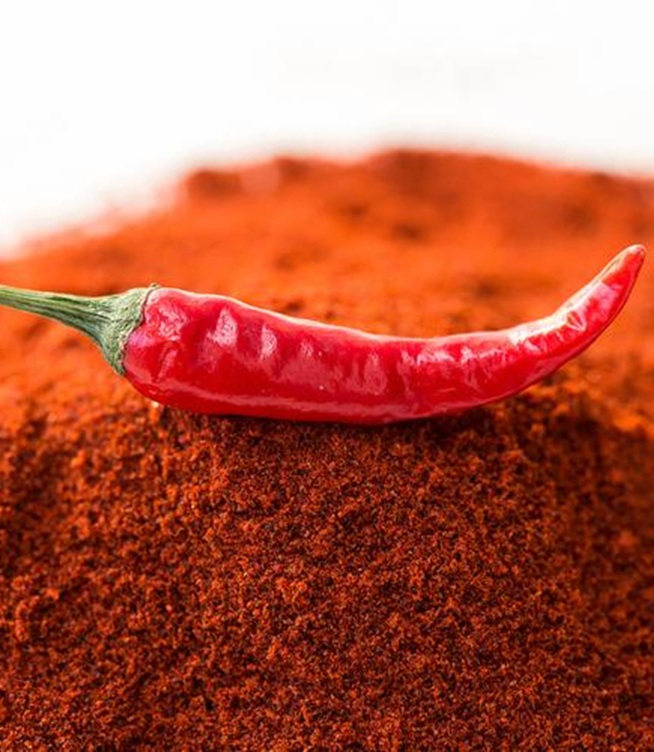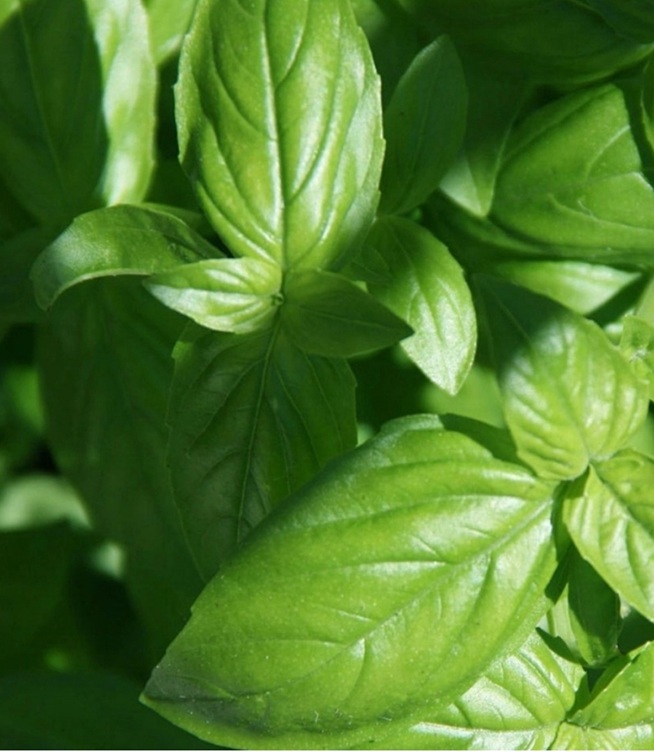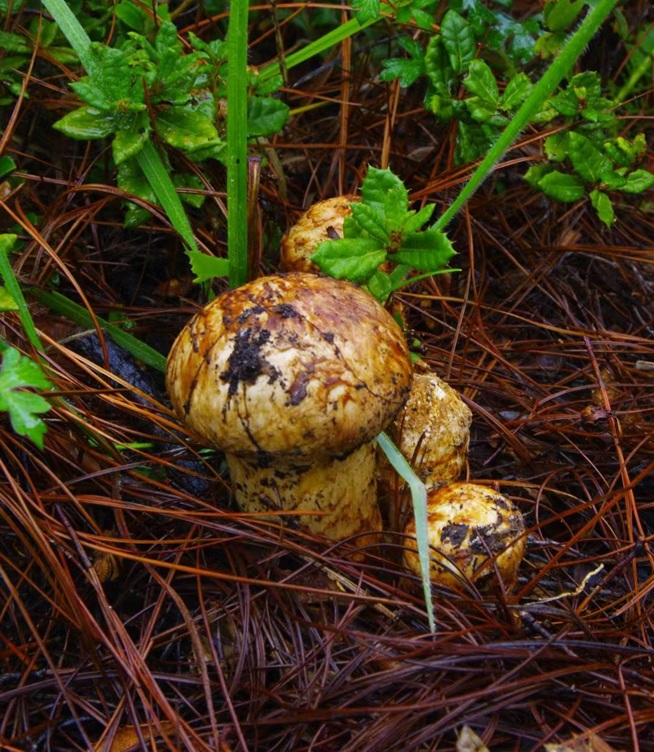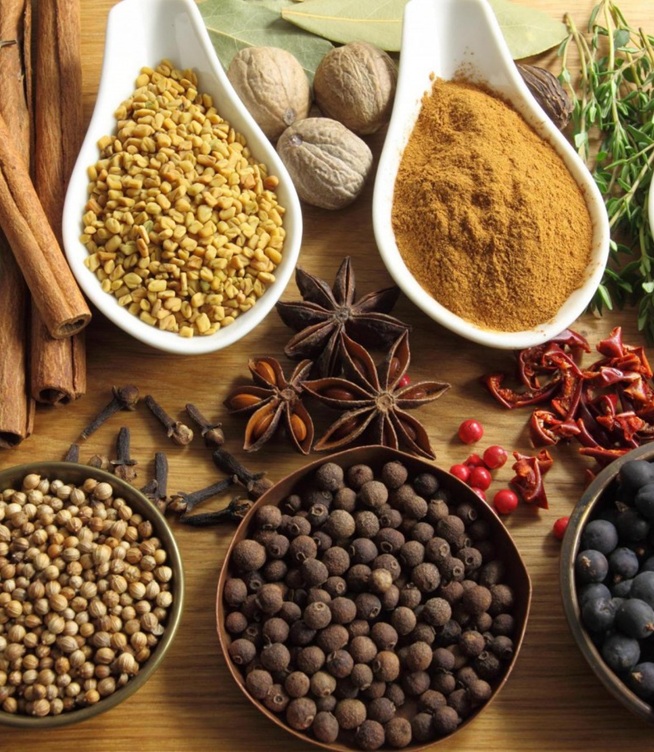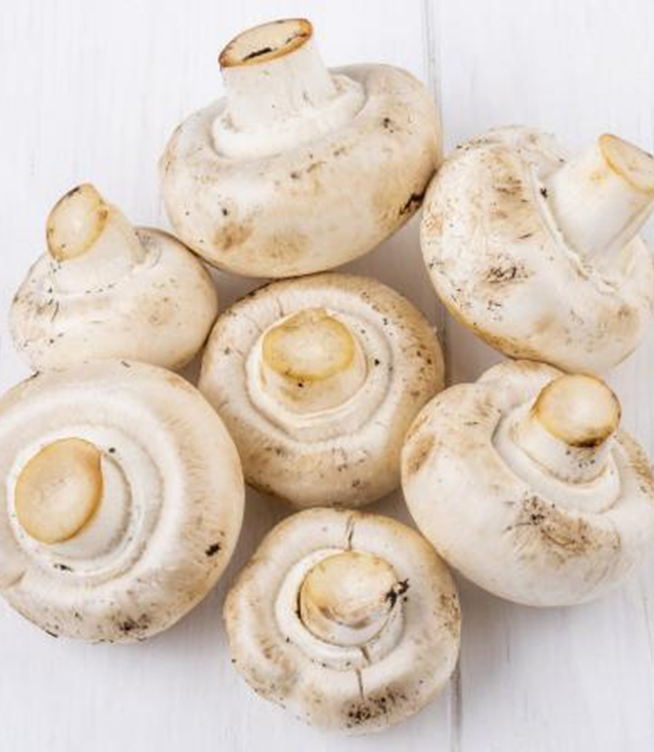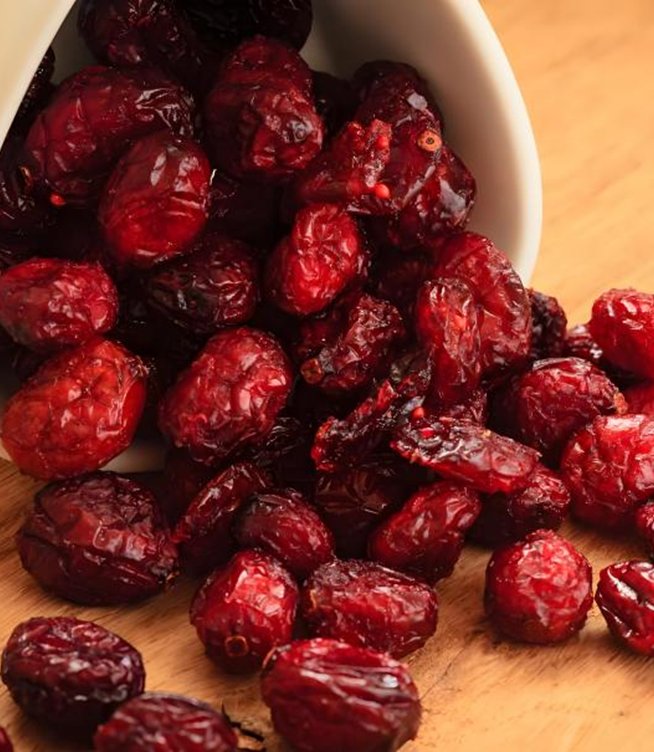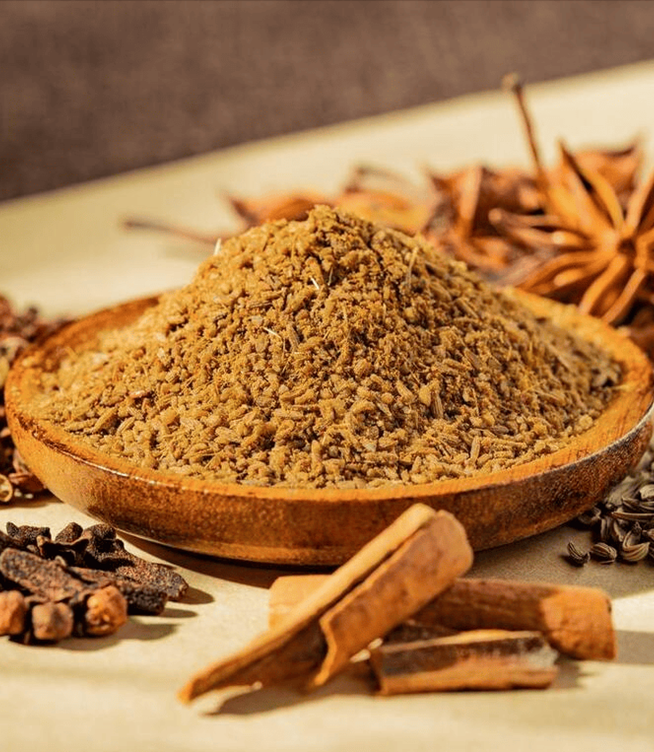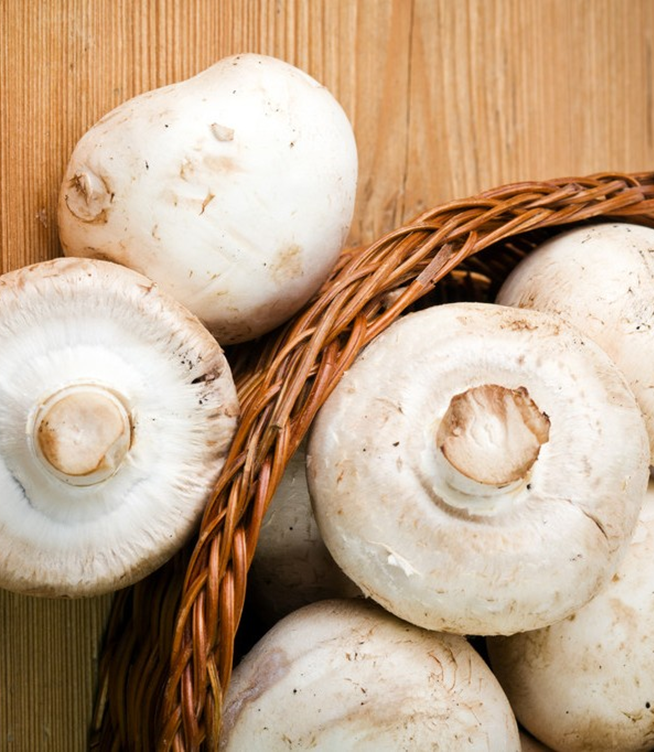6 Common Culinary Herbs in Western Cooking
Herbs are the subtle yet essential highlights in Western cuisine. From basil to rosemary to dill, these fragrant greens bring depth, freshness, and complexity to dishes. Whether used in marinades, soups, sauces, or salads, herbs are a chef’s secret to unlocking flavor.
Spices vs. Herbs: What’s the Difference?
Spices: Typically derived from the roots, bark, seeds, or fruit of plants (e.g., pepper, cinnamon). They are often dried and ground, offering bold, layered flavors.
Herbs: Usually refer to the fresh green leaves of plants (e.g., basil, parsley). They provide delicate, aromatic notes and are often used fresh or lightly cooked.
1. Basil
Sweet basil is the most widely used and recognizable variety. It has a slightly sweet, refreshing flavor and can be used generously. Basil is commonly found in sauces and salads and is often added to warm dishes as a finishing touch. It’s a staple in Italian cuisine, featured in pasta, sausage, and pizza.
Popular dishes: Pesto, paninis, tomato-basil salad.
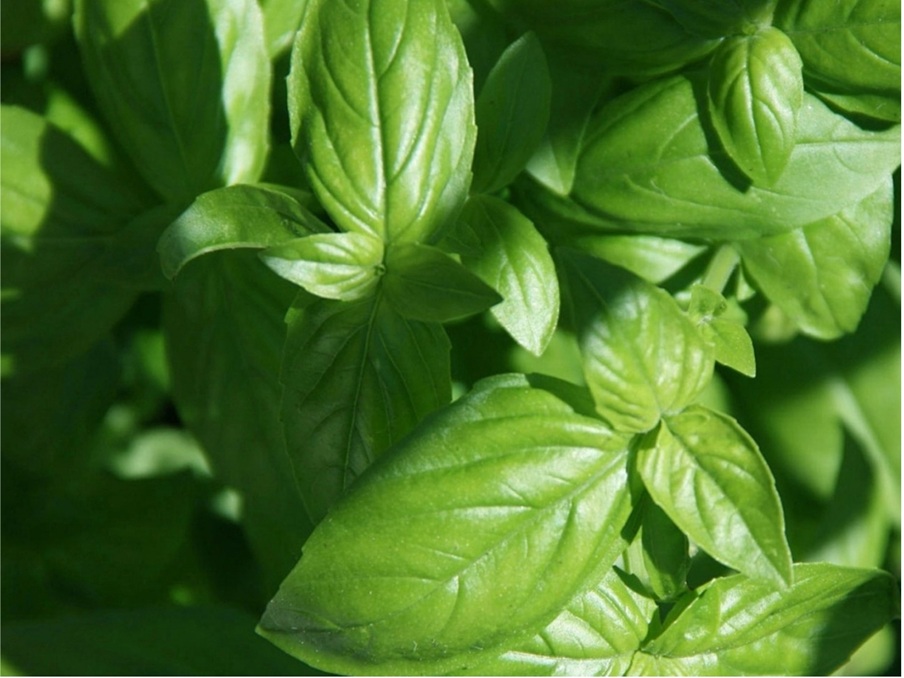
2. Rosemary
Native to the Mediterranean, rosemary has a strong, pine-like aroma that is both bold and long-lasting—ideal for masking the gaminess of certain meats. Its slightly bitter undertone means it should be used in moderation. Rosemary pairs exceptionally well with meats and seafood, and it is considered one of the defining herbs of Italian cooking.
Popular dishes: Rosemary lamb chops, roasted chicken, baked fish.
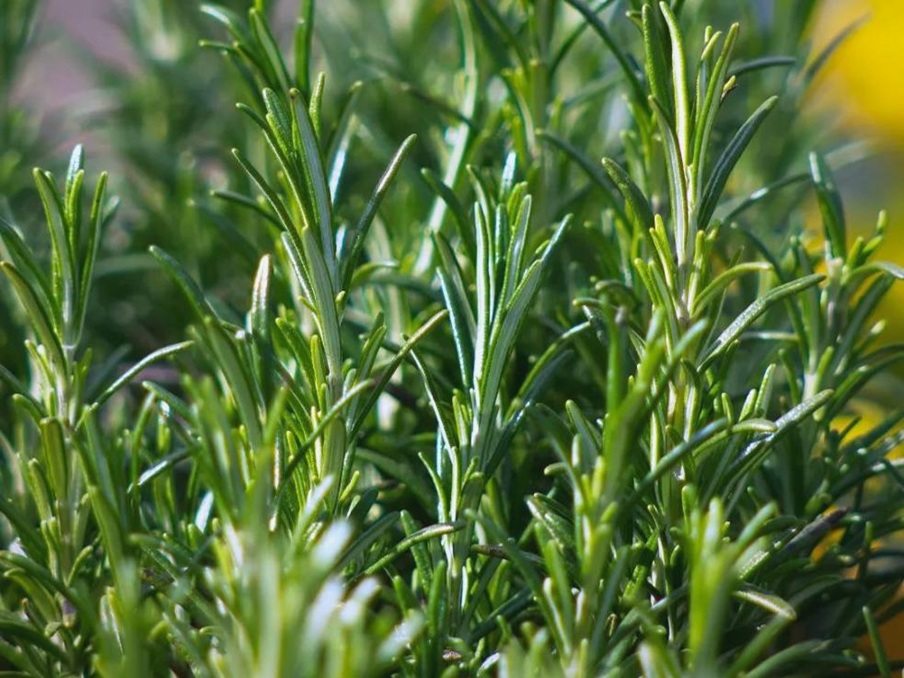
3. Thyme
A familiar herb in European kitchens, thyme offers a subtle sweetness and a clean, earthy aroma. It enhances the overall flavor of a dish without overpowering it. Thyme holds up well to long cooking times, making it ideal for stews, roasts, and slow-cooked meals.
Popular dishes: Lemon-thyme chicken wings, garlic-thyme pork chops.
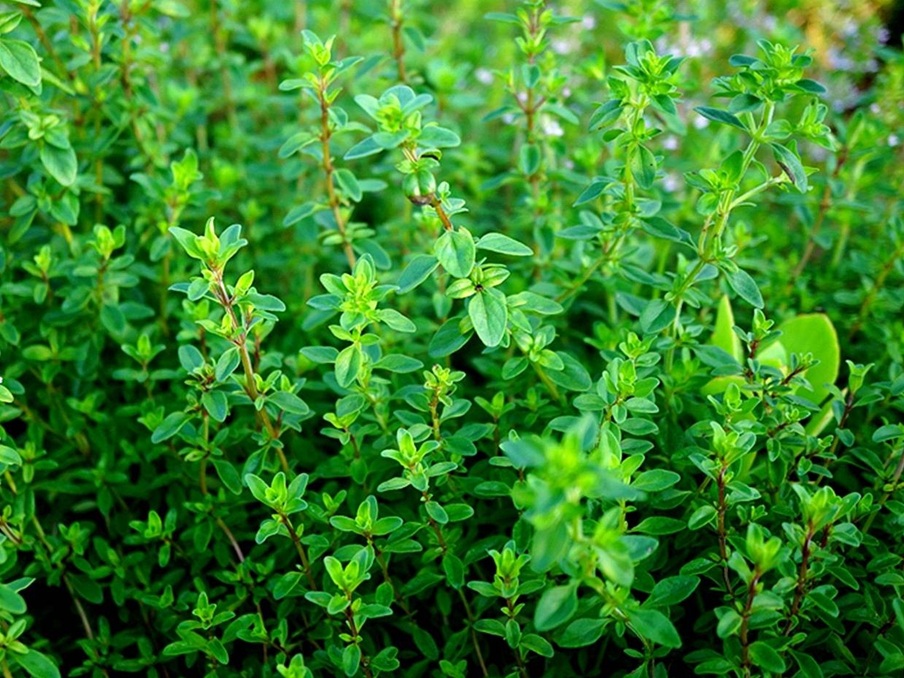
4. Parsley
Parsley, originally from the Mediterranean, resembles cilantro in appearance but has a much milder aroma. It’s extremely versatile—used fresh as a garnish, blended into sauces, or even eaten as a leafy vegetable.
Popular dishes: French parsley-garlic sauce, pan-seared fish with parsley butter.
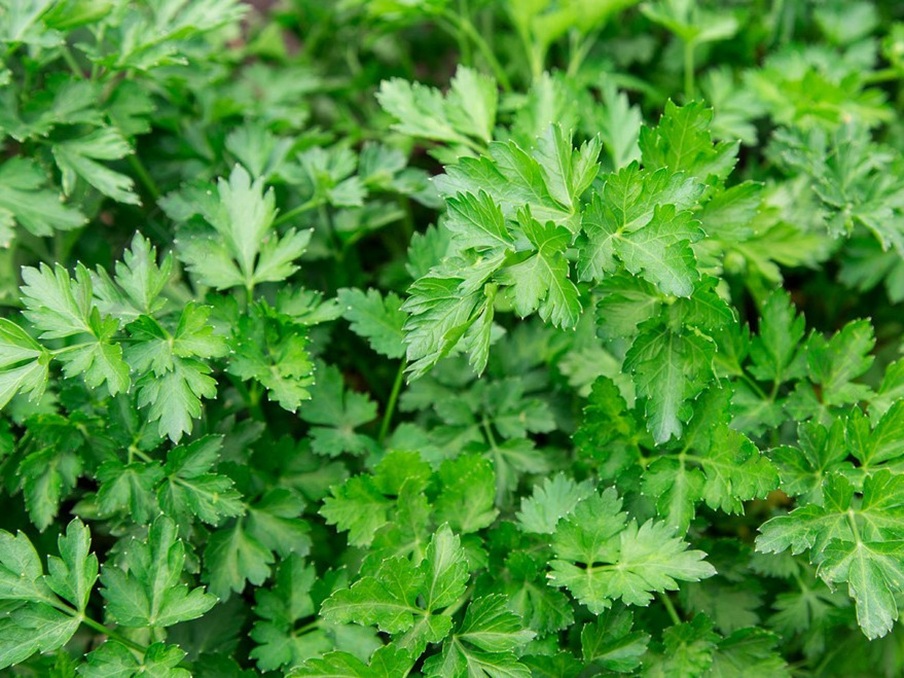
5. Oregano
Often called the “pizza herb,” oregano is commonly used in sauces, soups, and Mediterranean dishes. It has a bold, slightly bitter and spicy flavor. Dried oregano is preferred over fresh in most recipes, as the latter can be overpowering. It pairs well with tomatoes, eggplant, and meats.
Popular dishes: Italian pizza sauce, Greek salad, Mexican oregano beef wraps.
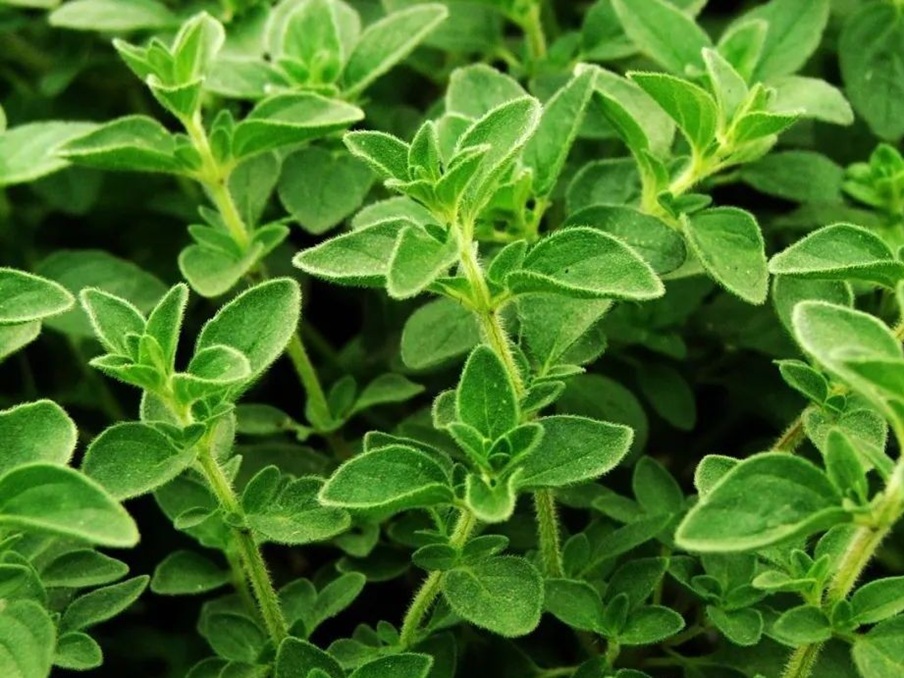
6. Dill
Also known as dill weed, this herb has a sweet, slightly spicy aroma similar to celery or fennel. Since it loses its flavor quickly when heated, dill is usually added at the end of cooking or used raw as a garnish. It’s perfect for fish dishes, creamy sauces, and pickling.
Popular dishes: Grilled salmon with dill cream sauce, dill pickles.
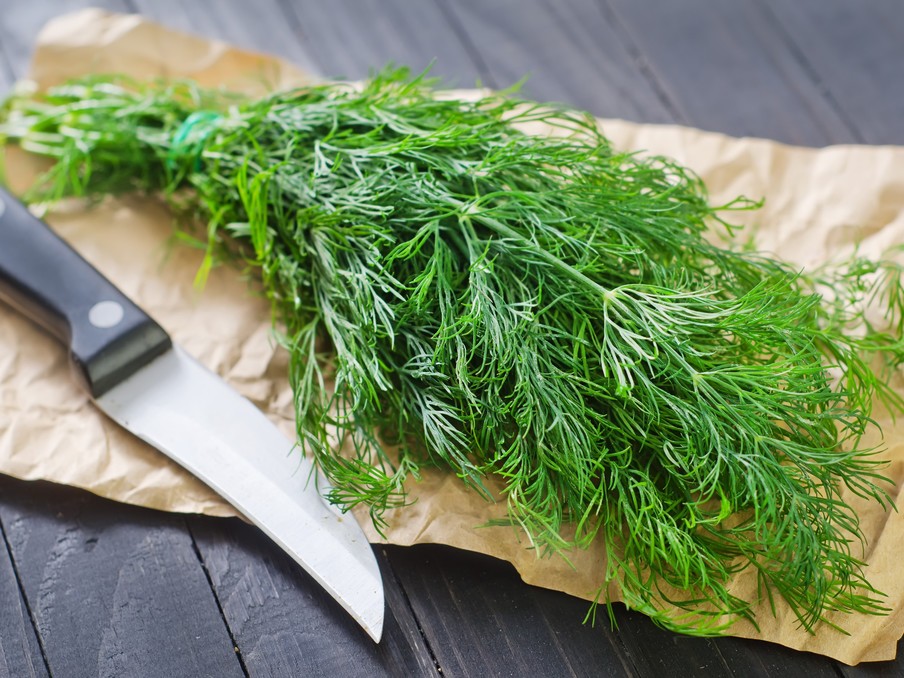
What Are Dried Herbs?
Dried herbs are produced by freeze-drying or air-drying fresh herbs at peak freshness. This process locks in essential oils and intensifies their flavor, making dried herbs up to several times more potent than fresh ones. They’re also shelf-stable and available year-round.
High-quality dried herbs are processed with strict standards, including sorting, cleaning, sterilization, metal detection, and X-ray inspection, ensuring food safety and convenience. There’s no need to wash or chop—just open the pack and use.
Dried herbs are ideal for long-cooked recipes like stews and soups, standardized flavor in food service or manufacturing, storage in low-humidity or high-temperature environments.
ShunDi: From Field to Flavor
At shundi foods, we cultivate and process a variety of dried herbs in Yunnan, China, a region renowned for its clean environment and rich biodiversity. Every herb goes through a meticulous journey—from planting and harvest to drying and packaging. Our facilities follow a comprehensive quality control system, with hundreds of checkpoints covering pesticide residues, heavy metals, microbiological safety, and more.
ShunDi’s herbs not only meet Chinese food safety regulations, but also comply with strict international standards in the EU, USA, and Japan. Today, our dried herbs are exported to over 20 countries worldwide, trusted by food manufacturers, distributors, and chefs for their flavor, consistency, and safety.


